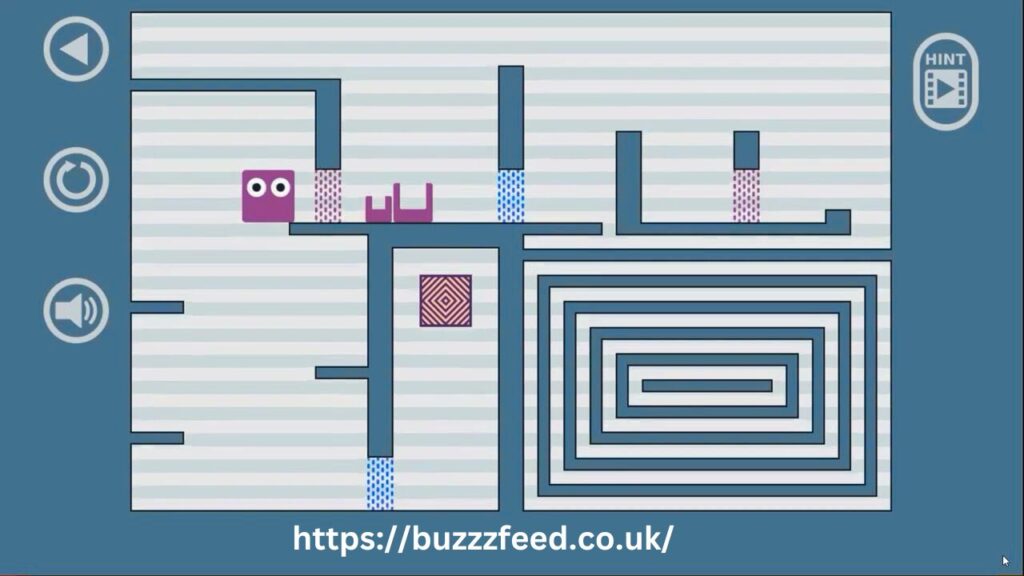Jumping shells, a fascinating marine activity often associated with hermit crabs, involves understanding the natural behavior of these creatures as they switch from one shell to another. Whether you’re a marine enthusiast, a pet owner, or simply curious about nature, this comprehensive guide will walk you through everything you need to know about jumping shells, from their biological significance to practical care tips.
What Are Jumping Shells?
Jumping shells refers to the behavior of certain crustaceans, primarily hermit crabs, as they move from one shell to another. Hermit crabs rely on discarded shells of other mollusks to protect their soft abdomen. They periodically “jump” to a larger or more suitable shell as they grow. This behavior is crucial for their survival and comfort in the wild or captivity.
Why Do Hermit Crabs Jump Shells?
There are several reasons why hermit crabs change their shells:
- Growth: Hermit crabs outgrow their shells and require larger ones to accommodate their size.
- Damage: A cracked or damaged shell compromises safety, prompting a move.
- Comfort: Some shells may be more comfortable or better fitting.
- Competition: Hermit crabs often compete for the best shells in habitats where shells are scarce.
Understanding the Shell Selection Process
Hermit crabs are picky about their shells, and the selection process involves a few interesting behaviors:
- Inspection: The crab examines potential shells by touching and rotating them with claws.
- Testing: It will try the shell by partially entering and retracting to ensure fit and comfort.
- Shell Fights: In competition cases, hermit crabs may engage in aggressive behavior to claim a shell.
How to Provide the Right Shells
If you own hermit crabs, offering a variety of suitable shells ensures their health and happiness. Here are tips for selecting the perfect shells:
- Size Matters: Provide slightly larger shells than the crab’s current one.
- Shape: Hermit crabs prefer shells with a round, smooth opening.
- Material: Natural shells are preferred over painted or artificial ones, as they can be harmful.
- Variety: Offering multiple options minimizes competition and stress.
Common Issues in Shell Jumping
Hermit crabs may sometimes face challenges during shell changes. Understanding these issues can help you address them effectively:
- Shell Shortage: A lack of suitable shells can lead to stress and aggression among crabs.
- Reluctance to Change: Some hermit crabs hesitate to switch shells, even when their current shell is unsuitable.
- Forced Eviction: In competitive situations, stronger crabs may evict weaker ones from their shells.
To mitigate these issues, always ensure an abundance of appropriate shells and monitor their behavior regularly.
The Role of Shell Jumping in Marine Ecosystems
Shell jumping plays a vital role in marine ecosystems by recycling resources. Discarded shells become homes for other creatures, maintaining ecological balance. Hermit crabs’ interaction with their environment highlights the interconnectedness of marine life.
How to Encourage Shell Jumping in Captivity
To promote healthy shell-jumping behavior in captive hermit crabs, follow these guidelines:
- Provide a Comfortable Habitat: Maintain appropriate humidity (70-80%) and temperature (75-85°F).
- Keep Multiple Shells: Offer a range of clean, natural shells.
- Avoid Disturbance: Allow hermit crabs to explore and choose shells without interference.
- Feed a Balanced Diet: Proper nutrition supports overall health and activity.
Fascinating Facts About Shell Jumping
- Hermit crabs sometimes form “vacancy chains,” where multiple crabs line up and exchange shells sequentially.
- Larger crabs often act as leaders in shell selection, influencing the choices of smaller crabs.
- Hermit crabs have been known to travel long distances to find the perfect shell, showcasing their resilience and adaptability.
Shell Jumping and Conservation
The availability of natural shells is declining due to overharvesting, pollution, and habitat destruction. You can contribute to conservation efforts by:
- Avoiding the purchase of painted or artificially altered shells.
- Supporting organizations dedicated to marine conservation.
- Educating others about the importance of protecting marine life.
Observing Shell Jumping as a Hobby
If you’re intrigued by shell jumping, you can observe this behavior in natural or captive settings:
- Visit coastal areas and tide pools to watch hermit crabs in their natural habitat.
- Create a hermit crab habitat at home, ensuring all their needs are met.
- Participate in citizen science projects that monitor hermit crab populations and behavior.
Ethical Considerations for Hermit Crab Owners
Hermit crabs are living creatures with specific needs. Ensure their well-being by:
- Providing a spacious and naturalistic habitat.
- Avoiding overhandling, which can stress them.
- Ensuring access to clean water, food, and shelter.
Final Thoughts
Jumping shells is more than just a quirky behavior; it’s a vital survival mechanism that highlights nature’s ingenuity. Whether you’re a pet owner, conservationist, or enthusiast, understanding this process enhances your appreciation for these remarkable creatures.
By providing a suitable environment, advocating for conservation, and observing these behaviors responsibly, you can contribute to the well-being of hermit crabs and their marine ecosystems. Dive into the world of shell jumping and discover the wonders of marine life today!






